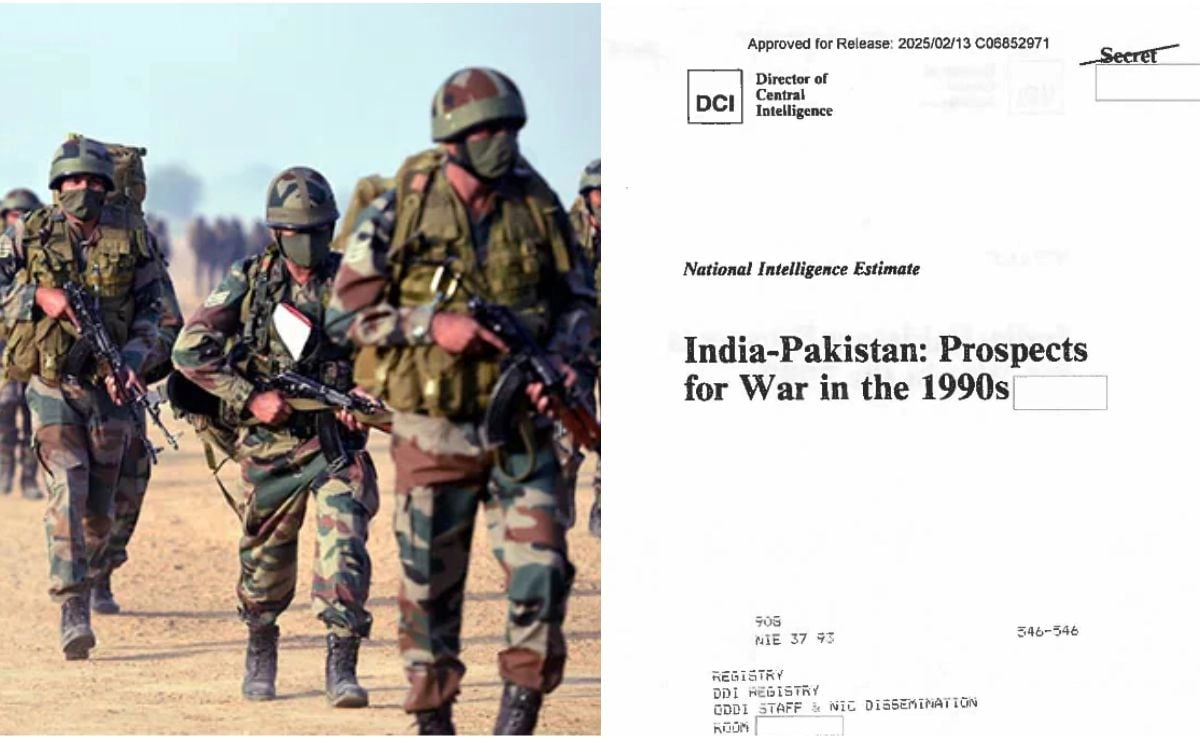In 1993, a declassified CIA document emerged that sheds light on the intricate geopolitical dynamics between Pakistan and India, revealing the deep-seated fears that Pakistan harbors towards its neighbor. This document, part of a broader effort to make previously classified intelligence accessible to the public, offers insights into the strategic considerations and security dilemmas that have long shaped the relationship between these two nations. The document highlights Pakistan’s perception of India as a formidable adversary, driven by historical conflicts and territorial disputes, particularly concerning Kashmir. This longstanding rivalry has fueled a cycle of mistrust and military posturing, influencing the policies and defense strategies of both countries.
The CIA document underscores the various factors that contribute to Pakistan’s anxiety regarding India, including its military capabilities, economic strength, and diplomatic ties with other global powers. For Pakistan, the fear of Indian dominance in the region is exacerbated by India’s nuclear program, which was advancing rapidly during the early 1990s. The document reveals that Pakistani leaders were acutely aware of the implications of India’s nuclear ambitions, fearing that it would tilt the balance of power in favor of New Delhi. This concern has led Pakistan to pursue its own nuclear program as a means of deterrence, further entrenching the arms race between the two nations.
Moreover, the document discusses how Pakistan’s fear of India extends beyond military considerations to encompass cultural and ideological dimensions. The narrative of being surrounded by a hostile neighbor has shaped Pakistan’s national identity and foreign policy, often leading to alliances with other countries that share similar concerns about India’s regional influence. The complexities of this relationship are compounded by the historical context of partition in 1947, which left a legacy of animosity and unresolved tensions that continue to impact diplomatic relations to this day.
In conclusion, the declassified CIA document from 1993 serves as a critical reminder of the persistent fears and insecurities that underpin Pakistan’s views of India. It reveals how these fears have not only influenced military strategies but also shaped broader regional geopolitics. The lingering tensions between these two nuclear-armed neighbors continue to pose significant challenges for stability in South Asia. Understanding the roots of this fear is essential for anyone seeking to grasp the complexities of the bilateral relationship and the broader implications for peace and security in the region.




